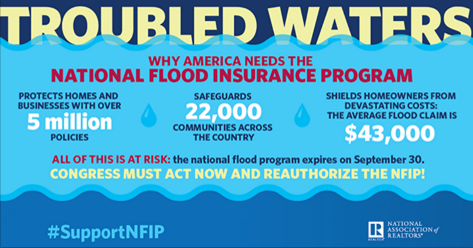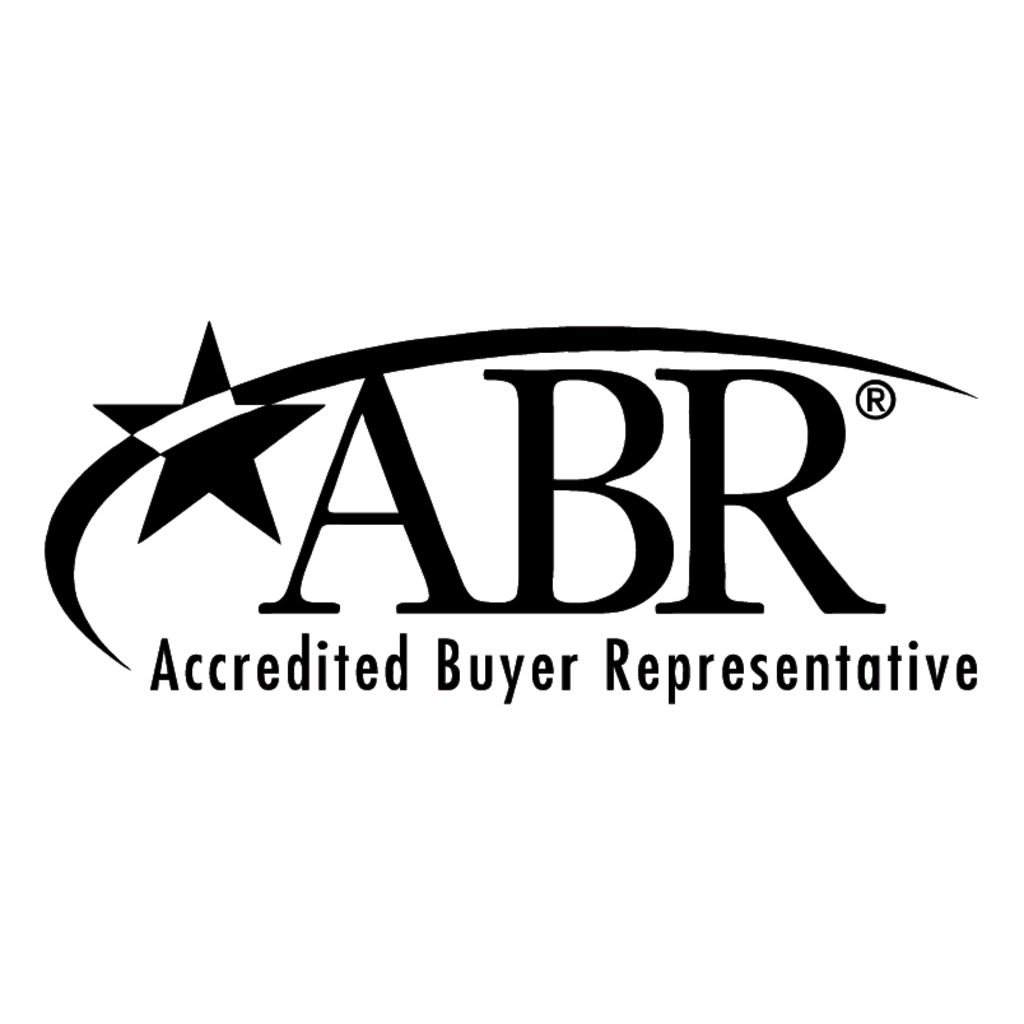Selling your house can feel overwhelming in multiple ways. You’re pulling up roots and leaving all that’s familiar — and making a huge financial decision at the same time. Knowing how to sell your home takes some studying up. The more you know, the easier the big decisions will be.
Information is power, so we’ll answer your questions about how to sell your home.
Research the Market
Do some homework on what’s going on with the housing market in your area. Go to a property listing site, like realtor.com®, and see what homes are selling for in your neighborhood, and how long they’re sitting on the market before being sold.
Check mortgage rates. Note who some of the top agents are for the neighborhood or types of properties you’re interested in. Ultimately, the best way to select an agent? Get recommendations from friends and family.
Hire an Agent
Yes, you need an agent. Selling a house involves some strategy and know-how. An agent knows how to sell your house. He or she will help you set a price, market it, and make repairs, guiding you through the inspection, negotiating with buyers, and helping you navigate the closing.
They’ll also help you plan your timeline, and a really good one will help you through the emotional parts of selling a home you’ve loved.
Find the right agent by interviewing the ones — at least three — you learned about through research and recommendations. Go with one who knows the specific ins and outs of your market, the lowdown that’s not online.
The one who knows things like why that nice two-story down the block sold for $20,000 less than the asking price and why the house two neighborhoods over got $20,000 over. A knowledgeable agent will have information and experience.
Price Your Home to Sell
Go ahead and look at those sites that give home value estimates for a general idea on pricing when deciding how to sell your house. But don’t stop there. There are a lot of factors specific to your home that an algorithm won’t pick up on, but your human real estate agent will.
An agent has access to data you don’t. They can do a thing for you called a comparative market analysis, also known as running comps, that checks the price of houses similar to yours that have sold in the in past 90 days. It’s like taking the pulse of the market within a couple of miles of your house.
The agent will give you a market value for your house, and then it’s up to you, with your agent’s guidance, to set the price. And the price needs to be right.
If it’s too high, your house will sit on the market too long, which wastes your time and can raise a red flag to buyers. If your price is too low, you’ll miss out on all that value you worked hard to build in your home.
Your agent may have tips on setting the price so that it stays within certain search parameters on listing sites. Let your agent be your guide on setting a price.
Prepare the House
Time to get your house looking its best. When selling your home, you want to make it look like someone else’s dream home.
Repair everything you know of that’s broken. Fix the little things, like the toilet that runs, the closet doors that don’t shut all the way, the hole in the fence. Fix the big things, too, like a leaky roof or a malfunctioning HVAC.
Home buyers may not notice the windows are sticking and the wiring is outdated, but an inspector will. Head off problems now. Get a pro out to check any major systems you suspect could have an issue.
Clean up as if company was coming. Hire a cleaning service to do a deep clean — the kind where they scrub the baseboards and toekicks and vacuum behind the refrigerator. Power wash the house and driveway. Make sure your landscape is spiffy, too: boxwoods trimmed, lawn mowed, flower beds weeded. Curb appeal matters.
Declutter. Tidying up is the way to sell your house. You need to bust the clutter and make your house look Insta-perfect. Clear the kitchen counters, pack up most of your books and all of your knickknacks and take them to a storage unit or donate them to charity. Cull your clothes and donate the ones you haven’t worn in more than a year. Clean out the garage, tidy up the laundry room, organize the pantry.
All this tidiness and organization signal to potential buyers that your house has been well cared for — and has plenty of room for all their clutter.
Depersonalize your space. Take you out of your home. Box up family photos, your great-grandma’s heirloom quilt, your son’s Matchbox car collection. It sounds sad, but it’s how to sell your house.
You want buyers to be able to see themselves and their things in the house. They can’t do that if it feels like your house. Look at this as the first step in packing up to leave. Consider renting a storage unit for the stuff until you move.
Stage your house. This is one step beyond the decluttering, depersonalizing, and cleaning. This is when you set up your house to show off its assets and downplay its weaknesses. It usually means moving furniture and making your house look as perfect as a photo in a shiny décor magazine.
Staged houses can sell faster and at a higher price. Staging a home is key if you’ve moved out and the house is empty. A professional stager will bring in décor and make your house look as if it’s lived in by the tidiest, most tasteful minimalists in the world.
Some agents have stager they work with, or do it themselves. You can also hire a pro yourself, someone with top-flight design and décor skills.
Paint the interior of your house, especially walls that are an unusual color. You adore the Yves Klein blue in the bonus room. Buyers might not. This isn’t a criticism of your taste. It’s just part of depersonalizing your house, all part of how to sell a house. Pick a nice, neutral tone, like gray or beige.
Paint the outside of your house, too, if there’s any flaking or worn paint, or if you painted the exterior an unconventional shade that might turn off buyers.
Market Your Home
Ready, set, market. Once your house hits the MLS listings, it’s time to drive buyers to you. Your real estate agent will handle this, but here’s what you need to know.
Photos. This seems a no-brainer in a digital world, but plenty of sellers forget to prioritize the quality of their photography. Make sure photos are well-lit, in focus, and high resolution so they don’t pixelate on tablets and smartphones.
Your agent may very well offer a professional photographer as part of his or her services to you. If not, consider hiring a professional photographer, especially if you’re in a high-end home or a market where you’re hustling for buyers.
A good album of photos includes:
- The exterior of your house from the front. Move your cars and the kids’ toys out of the driveway so all a potential buyer sees is your house.
- Every interior room, and with the drapes open and the lights on. Bright is beautiful. Be sure to move trash cans, litter boxes, laundry baskets full of clothes and other banal evidence of humans out of the photos.
- The yard and local amenities like the nearby park, the neighborhood pool, and clubhouse.
Got a luxe house or a huge piece of property near water or mountains and wondering, “How to sell my house?” Get drone photography done to show off the surrounding area. Another option for luxury properties: a night photo of the front of the house lit by the landscape lighting.
Virtual tours are becoming the norm. Buyers swoon over them, because a virtual tour takes them by the hand and leads them through the house. You’ll need to hire an outside company to create one. Your agent should be able to connect you with a business who does virtual tours. Again, some agents offer this as part of their listing services.
Signage — like the classic For Sale sign — are basics for selling your home. There should be a sign in your front yard, with your agent’s contact info on it. Especially during open houses, you should expect signs on busy streets nearby with an arrow pointing the way to your house. If you’re deep in a winding subdivision, you may need more signs directing folks to your house. If your home is part of a homeowners association, be sure to see if the HOA is OK with agent signs.
Direct mail still works. Your agent will probably set up the mass mailing of an oversized, full-color postcard to people in the area and to area agents who may have buyers looking to move to your neighborhood.
E-flyers are effective. Your agent can combine multiple photos of your house in an e-flyer and email it to neighbors, clients on his mailing list, and other agents in the area as well as out-of-town brokers.
Ads in those paper real estate magazines distributed for free, and digital ads on sites for newspapers and listing sites really do help spread the word.
Social media is how to sell your house in the 21st century. Your agent will likely post your listing to her various social channels, such as Facebook and Twitter. If not, ask for it. Instagram, for instance, draws more than 1 billion sets of eyeballs each month. Ask your agent, if she can put videos out on social media, not just photos, because videos get more engagement than photos.
And put your listing on your social channels, too.
Word of mouth is old-fashioned, but works. Tell your friends, acquaintances, and co-workers your house is for sale. Your agent should be working her network, too.
Property listing sites will pick up your house listing once your agent puts it on the MLS (Multiple Listing Service.) There’s a gaggle of them, from individual agency sites to biggies like realtor.com®.
Showcase Your House
Throwing open the doors and inviting the public to come tour your house is one of the most effective marketing tools out there. Here’s how to sell your home by pulling off a good showing.
Your agent will:
- Schedule an open house for a weekend.
- Socialize the open house by tweeting about it, posting it on Facebook, putting it on Instagram, and posting it on a neighborhood site like NextDoor. You can help by adding the news to your channels as well.
- Send out e-flyers, run digital ads on local web sites, or go analog with print ads in local newspapers and fliers tacked up at the neighborhood pool and local businesses.
- Put up plenty of signage all over the neighborhood on the day of the open house,and maybe even attach balloons to each sign. There should be a sign with an arrow pointing the way to your house every few blocks on routes from major streets to your house. Getting attention is how to sell a home.
- Set out fliers and brochures with info on the home that visitors can take with them.
You should:
- Clean again. You decluttered, depersonalized, fixed, and fussed over the place when you listed it. Take another pass, especially if you’ve been living in the house. Hire a housecleaning service to give it the once-over.
- Make special preparations, like moving the cars out of the driveway and away from your house so the open house attendees focus on your house and have a place to park. Open the blinds and drapes to let in the light and turn on the interior lights. Your agent will likely serve refreshments.
- Make sure your house smells fresh, but go easy on air fresheners. Some people are allergic to them, and heavy use of them may make shoppers wonder what smell you’re trying to hide.
- Send pets away. Let them go on a playdate with a pal, or board them for a few hours. You don’t want them distracting visitors from the house. Hide their toys, bowls, and beds, too, to stave off smells.
- Vacate the house during the open. Prospective buyers will be more open in terms of feedback if you’re not in attendance. Let your agent handle it.
Close the Deal
Offers. By this point, you’re probably getting offers on the house from buyers. An offer will specify a price, the down payment amount, the deposit amount, the terms, the date you’ll have to move out, and any contingencies. When you get an offer, you have three options:
- You can accept it as is.
- You can reject it.
- You can reject it and counter it with an offer of your own.
Counteroffers usually hinge on four things:
- Price
- Terms
- Occupancy (when you move out, and buyers move in)
- Contingencies (special conditions)
Note, it’s rare to reject an offer with no counteroffer. That kills the deal, and it’s not how to sell your home. Counteroffers are the most common outcome. Your agent will help you craft the counteroffer and then negotiate with the prospective buyers.
Negotiations can be stressful and at times, fraught. The buyers want the best deal they can get. You want the most money you can get from the biggest asset you have. Emotions can run high, so let your agent do the heavy lifting of communicating with the buyers and reaching an agreement.
Closing the sale. You’ve accepted the buyer’s offer. Woo hoo! Now your agent will help you negotiate the sale’s final phase. This means seeing you through the inspection, negotiating any repair requests that may arise from the inspection, and dealing with last-minute snags.
Inspection. This is when a buyer’s housing inspector examines the house to look for problems, like windows that stick, wiring that’s not up to code, or mold. When they find a problem, the buyer will usually ask you to make repairs or knock money off the price they’ve offered so they can make repairs themselves. Your real estate agent is an expert on how to negotiate these types of requests.
Closing day. Finally! This is it, when you sign the papers, get a check, and hand over the house keys. This is how you sell a house. It’s a thrilling moment, and one that’s a little sad, too. But you did it. You sold your house!









